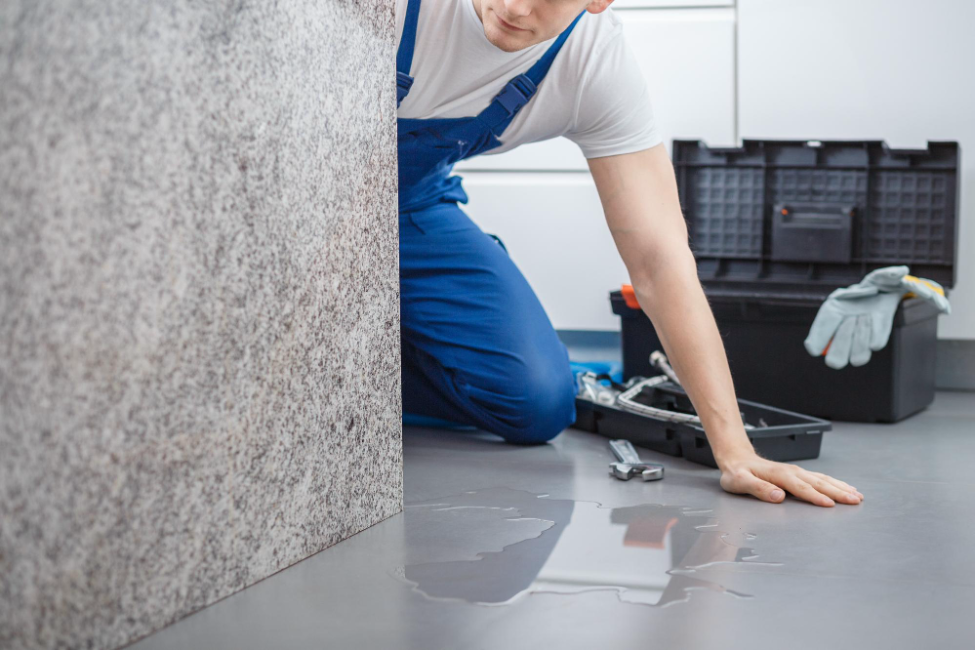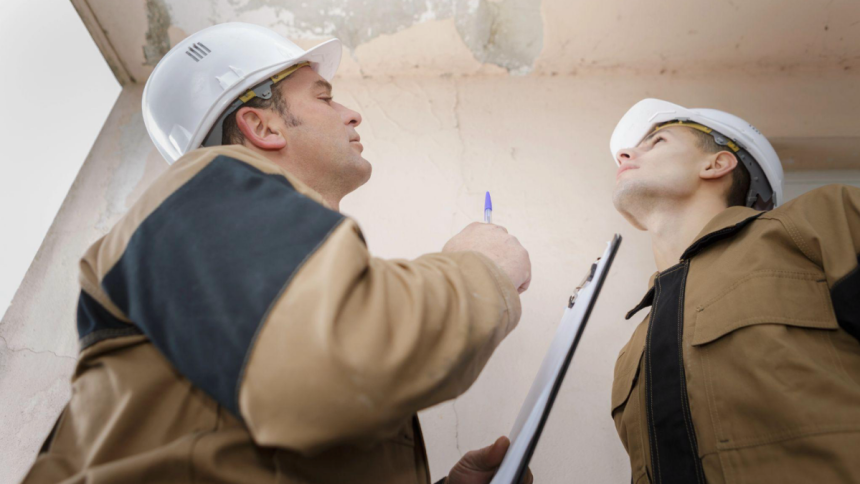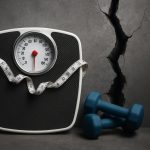Property owners worldwide, but particularly in Australia, due to its unique climate conditions, are consistently faced with various challenges. One such challenge that often tends to be overlooked until significant damage has occurred is water leakage. Despite their unassuming nature, water leaks present a substantial risk that can result in severe structural damage, escalating repair costs, and even health concerns born from mould growth, the last of which is a significant consideration for Australians living in damp or coastal environments.
When left unidentified and unattended, water leakage can exorbitantly inflate utility bills as the water wastage continues, driving up costs for home and business owners. Furthermore, the continued physical degradation of a property due to water leaks can lead to a decline in the property value, creating long-term financial implications.
Professional leak detection services are increasingly being relied upon to combat these issues. These specialist service providers play a formative role in safeguarding the structural integrity of a property and its value and ensuring the health and safety of its inhabitants. This comprehensive guide will delve into the pressing need for early leak detection, examine the usual signs of water leaks, outline the tools and techniques used by professional leak detectors, discuss the meticulous step-by-step process of a professional leak detection service, and share indispensable tips to help choose the right service provider.
The Importance of Early Leak Detection
Unattended water leaks can prove to be highly destructive, causing extensive harm to property and valuables, particularly in areas where significant moisture exposure leads to mould and other fungi growth. Mould colonies pose severe health risks, leading to respiratory issues, allergies, and other health concerns, which can be especially important in household environments where the health of children is a main concern.
In terms of property damage, the escalated, unchecked water levels infiltrate the foundation, walls, and flooring, causing impairment to structural integrity. Moreover, leaks often lead to increased dampness, which causes paint and plaster to peel off, wooden structures to rot and metal infrastructure to corrode, marking the beginning of a long list of expensive repair and replacement costs.
Early leak detection has a dichotomous benefit: it actively minimises property damage and inhibits water wastage. By catching leaks before they have a chance to expand and cause more damage, property owners can sidestep potentially massive financial burdens, like the cost of full wall replacement due to severe mould growth. Additionally, early detection aids in water conservation, drastically reducing water bills and ensuring responsible environmental stewardship, something we in Australia take particularly seriously. As stated in a study by the Australian Water Association, addressing and promptly fixing straightforward leaks can save up to thousands of litres of water per year, thereby contributing substantially to preserving precious water resources.
Common Signs of Water Leaks to Watch For
Water leaks are a property owner’s worst nightmare, often hiding out of sight, continuously destroying the radar until the adverse effects are finally visible and, at times, irreversible. As such, property owners must stay vigilant and regularly inspect their properties for any usual signs indicating the presence of a water leak or excessive dampness.
Some of the common indicators of a hidden leak include unexplainable musty smells, damp spots on the floors, ceilings or walls, the steady peeling of wallpaper or flaking of paint, discolouration of surfaces, and the sudden flourish of mould in unusual locations. In some cases, leaks may even alter the structural shape of a building, showing through warped or sagging sections of walls, floors, or ceilings.
Another significant clue pointing towards a hidden leak is an unexpected escalation in the water bill. Any substantial fluctuations in the bill without an accompanying change in water usage habits ought to be thoroughly investigated. Also, suppose the plumbing system’s water meter continues to record high water usage even when all the water outlets are turned off. In that case, there’s a high probability of a concealed leak in the system.
Additionally, sometimes, water leaks reveal their presence through auditory cues. If you frequently hear the sound of water flowing or dripping when no water outlets are in use, it could be a warning sign of a leakage within the property. However, this type of leak detection is often best suited for professional detection services, as it can require more than a sharp ear to accurately identify the leak source.
In sum, property owners, whether residential or commercial, must maintain a keen eye and heightened consciousness towards these indications to quickly identify any leaks or excessive moisture, saving substantial amounts of money and hassle down the line.
Tools and Techniques Used in Professional Leak Detection
Detecting water leaks is an art and a science, combining acquired experience and intricate detection technology to accurately locate the leak source with minimal invasiveness. Highly skilled water leak detection professionals employ a range of advanced tools and techniques to achieve this delicate balance.
Acoustic listening devices form an integral part of the detection toolkit, allowing technicians to listen for the characteristic sounds of water escaping from pipes or joints under pressure. These devices can find leaks in walls and even underground, offering a non-invasive method of locating problem areas.
Furthering this non-invasive approach, professionals use infrared cameras to detect hidden water leaks behind surfaces. The camera’s ability to visualise temperature differentials allows it to detect cooler areas, which are indicative of enclosed dampness or water leaks, enabling technicians to pinpoint water leaks without excessive property destruction.
For more complex and hard-to-find leaks, tracer gas testing is often employed. Using a harmless, non-toxic tracer gas, the gas mixture is added to the pipe system. This gas will escape from the leak source and rise to the surface, after which a sensor over the ground can detect the escaped gas, thereby identifying the leak location. Similarly, smoke testing involves forcing smoke-filled air into a suspected pipe, with escaping smoke illustrative of leaks within the system. Smoke testing is especially beneficial for detecting numerous small leaks or cracks in the system that may otherwise go unnoticed.

The Step-by-Step Process of a Leak Detection Service
When you bring in professionals to detect a leak, the process they undertake is comprehensive and thorough. Just like any prominent diagnostic service, the process proceeds methodically from examination to identification and analysis to provide ideal solutions.
Initially, a technician will carry out an extensive assessment, which begins with a preliminary visual inspection. The visual assessment helps the technician formulate first impressions of possible leak sources. For a more thorough diagnosis, the technician then utilises a variety of advanced tools appropriate to the situation, such as acoustic listening devices, infrared cameras, tracer gas, or smoke.
Once the leak is located, the technician discusses the findings with the client. This discussion is conducted comprehensively and transparently, addressing the nature of the problem, its severity, the potential damage it may cause, the necessary steps for repair, and even the cost implications of those steps. The goal is to ensure that the property owners are fully aware of the issue and are equipped with all the necessary information to make the best possible decisions regarding their property.
Many expert leak detection services also offer follow-up services, including cost assessments for the necessary repairs, actual repair services, advice on preventative actions to avert future leaks, and scheduling routine checks going forth. This all-inclusive service model not only provides an instant solution for the present issue but also prepares property owners to better manage and maintain their property, ensuring no repeat incidences.
Choosing the Right Leak Detection Service Provider
When choosing a service provider to handle something as essential as water leak detection, careful evaluation of several factors is required. It’s not a decision to rush; instead, thoughtful consideration, thorough environment scanning, and multiple provider evaluations are necessary to make an ideal provider choice.
One of the foremost determinants in this decision is the provider’s official certifications and work experience. Both factors assure the client that the technicians working in the field possess the necessary skillset and knowledge volume to provide reputable services and advice. It ensures that the technicians can adequately use the sophisticated leak detection tools and perform necessary procedures to deliver the best possible service.
A constructive way to identify experienced and reputable services is through the evaluation of customer reviews and testimonials. Clients’ firsthand experiences provide a realistic image of a provider’s service quality, reliability, customer service, and overall reputation.
Understanding a service provider’s pricing models is also critically important. Ideal service providers often offer clear, upfront quotes inclusive of all cost components and most importantly, void of hidden charges. Reliable service providers should be transparent about their quotations, explaining what each charge is for and how it’s calculated.
Furthermore, ensuring that the provider uses the industry’s latest technology guarantees efficient and effective leak detection that is also less invasive to your property. Up-to-date techniques and tools are often the difference-makers when it comes to detecting hard-to-find leaks and helping to minimise resultant property damage.
Conclusion
In our present era, where every penny counts, each drop of water saved helps a monthly budget, each health crisis averted helps a family stay happier longer, and each bit of immediate maintenance action contributes to prolonged property life, professional leak detection services are a boon.
By quickly identifying and mitigating water leaks in homes and offices, these services help not just in preventive damage control, but provide tangible benefits in the longer run. Regular leak detections, prompt repairs, and active future leak-proofing save property owners from unexpected, larger costs, undue stress, decreased property value, and countless hours of anxiety.
One must remember, however, that the effectiveness of leak detection services is primarily as good as the service provider itself. Making a wise, informed choice while choosing a leak detection service provider helps ensure that the service provided will be nothing short of best in class.
Hence, let’s not delay until a leak’s impact is visible. Instead, understand what to expect from leak detection, stay aware of the warning signs, and connect with a seasoned professional as soon as possible. Immediate action not only helps to restrain the budding problem but ensures an overall healthier living experience for you and your property.
Lynn Martelli is an editor at Readability. She received her MFA in Creative Writing from Antioch University and has worked as an editor for over 10 years. Lynn has edited a wide variety of books, including fiction, non-fiction, memoirs, and more. In her free time, Lynn enjoys reading, writing, and spending time with her family and friends.















